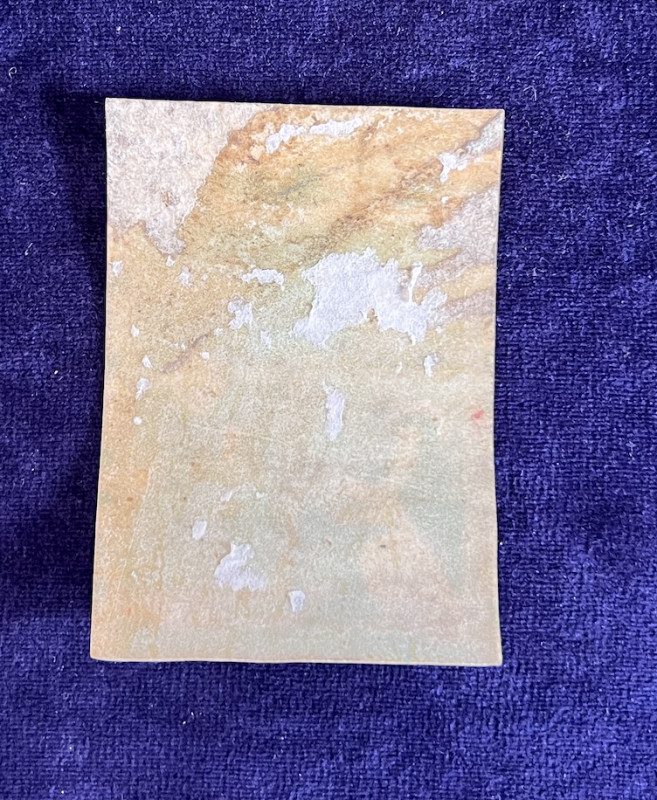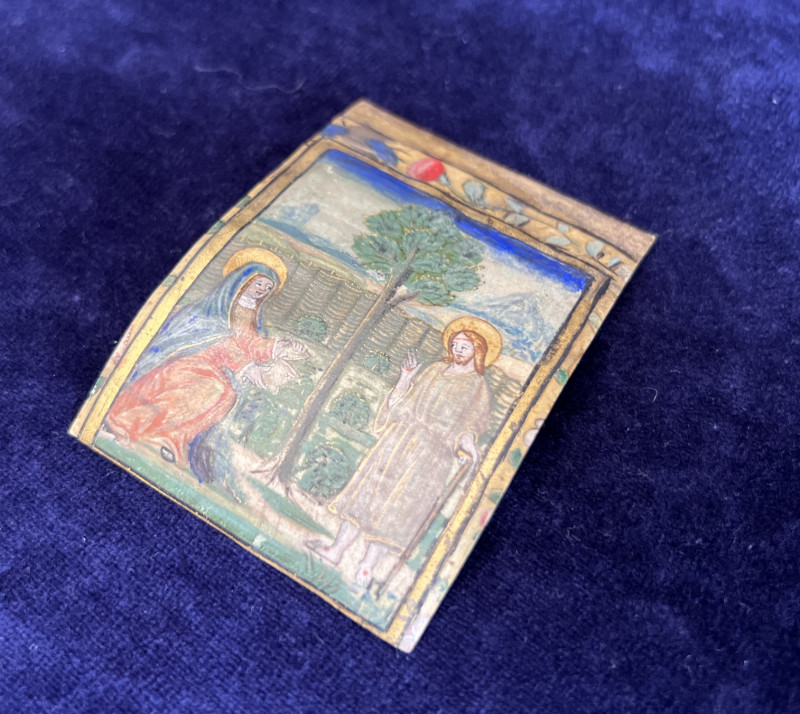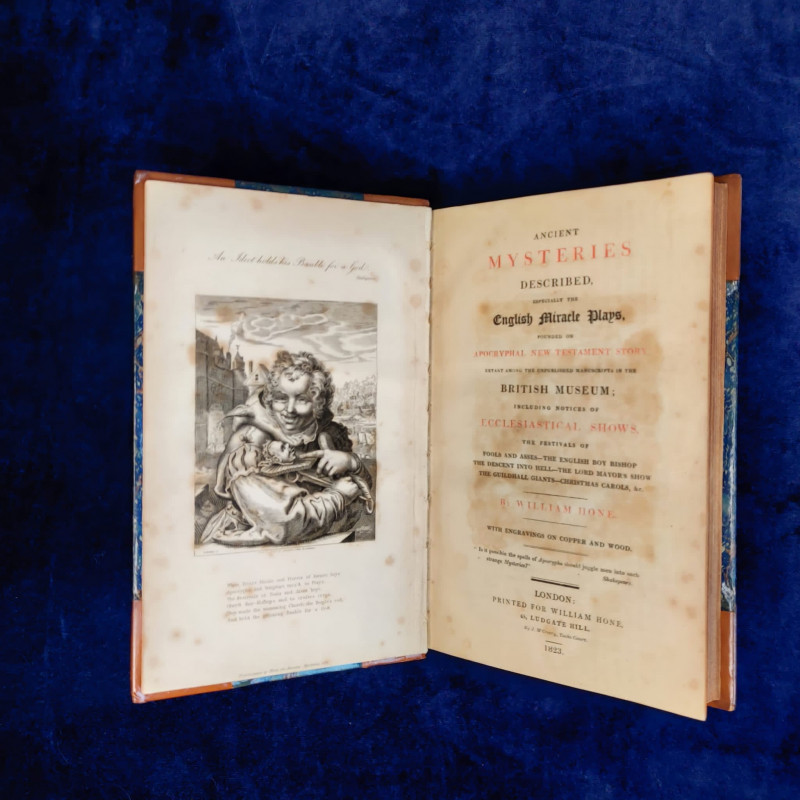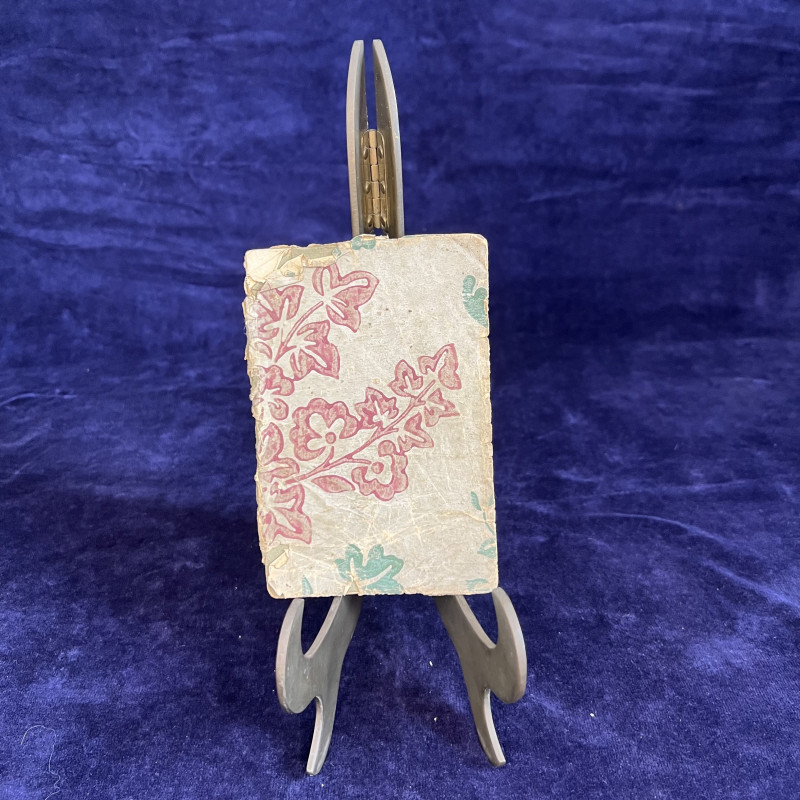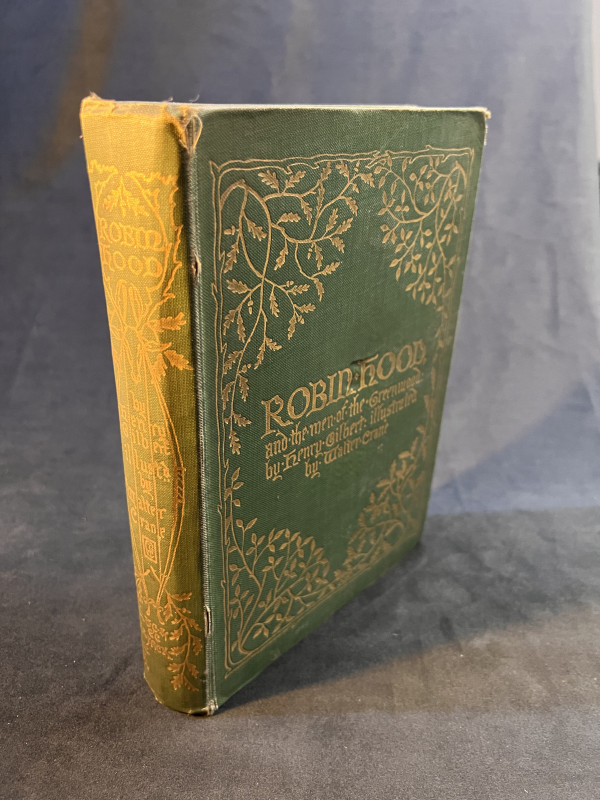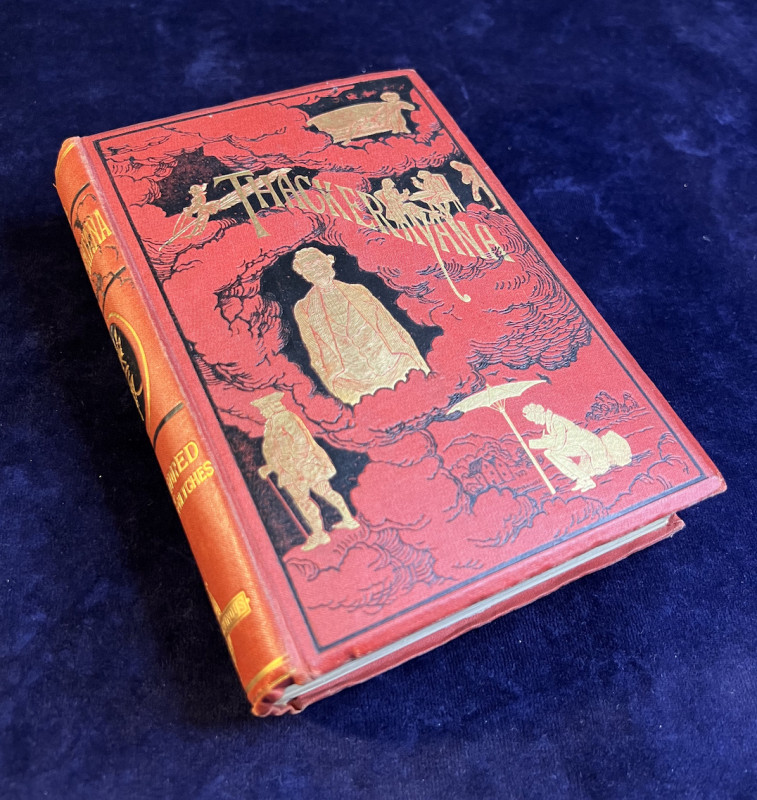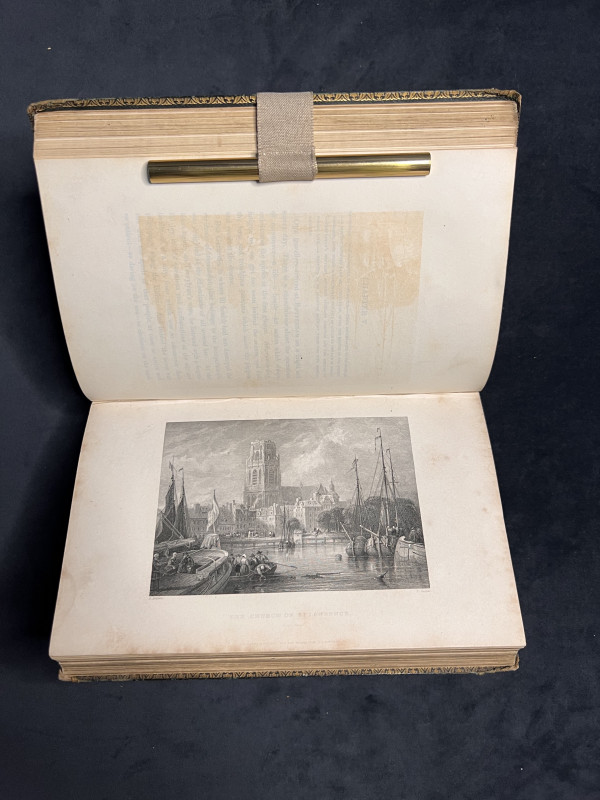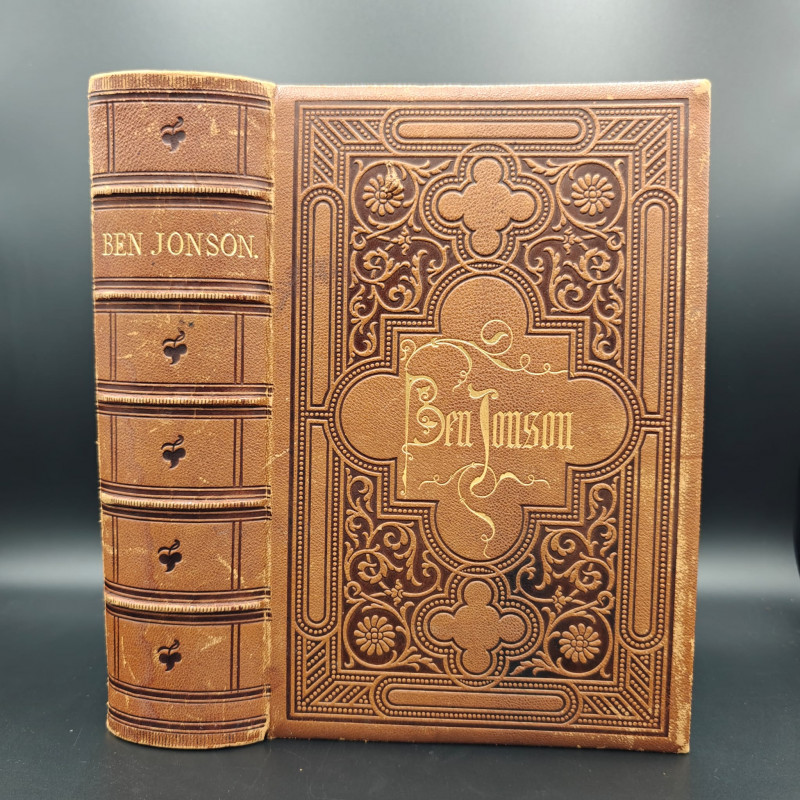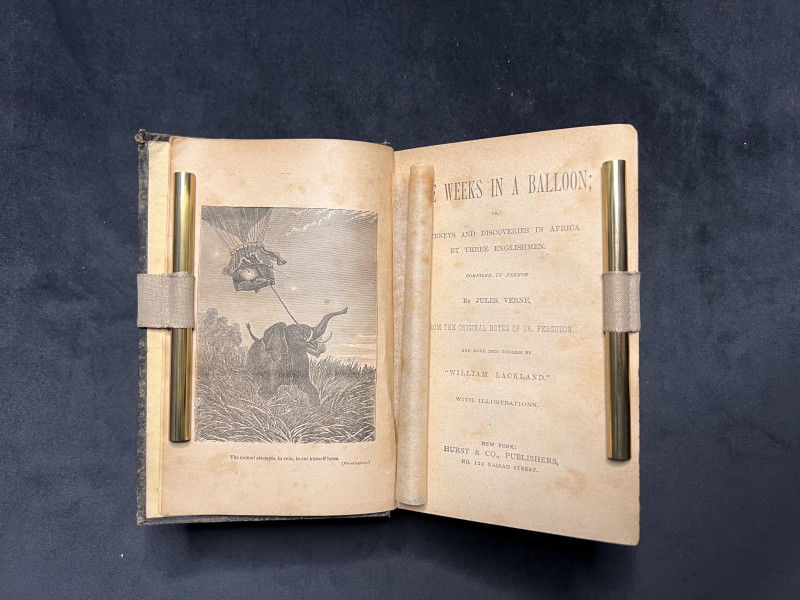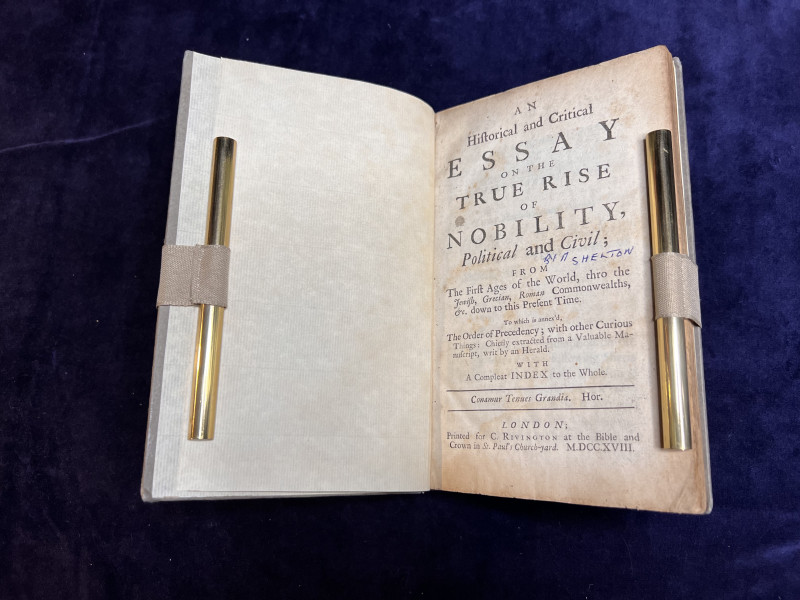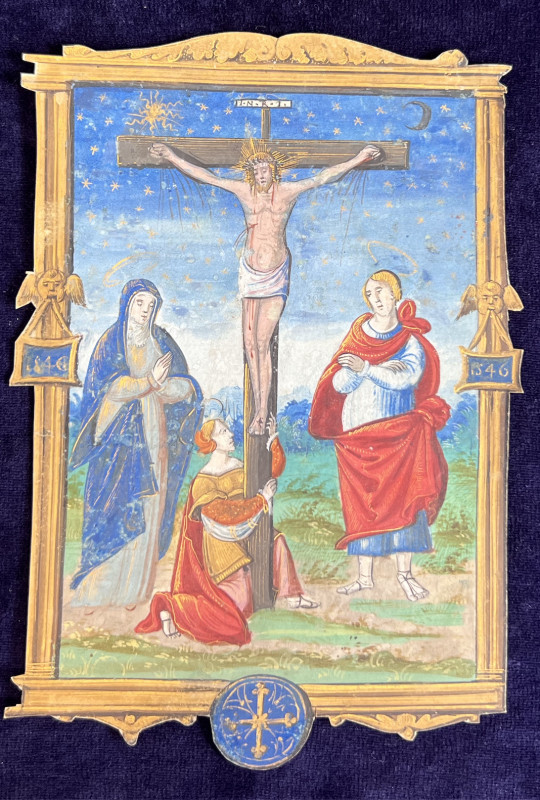Illumination from a 15th c. Flemish Book of Hours

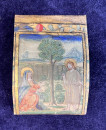
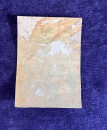
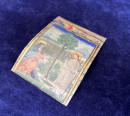
Book Description
Dutch, 1400s (75 x 50 mm) Small illumination of Jesus and Mary Magdalene. Borders trimmed historically. Blank on verso.
Dealer Notes
This small illumination was the bespoke part of a Book of Hours. As the production of books became more mechanised for “popular” consumption throughout the later Middle Ages, often the text portion of Books of Hours would be written on-spec to reflect the appropriate set of prayers for a region or church’s mandate. For example, we have the Use of Rome, Use of Sarum (Salisbury), Use of Paris, to name a few well-known ones. The text books would be bought by the rising middle class and, if they could afford it, illuminations would be later tipped in to reflect their interests. These illuminations ranged from patron portraits to biblical scenes established for certain canonical hours. Since the illustrations were later additions to the existing text, they would be blank on one side.
This illustration, blank on one side, shows Jesus after the Resurrection (see the stigmata on his feet and hands) giving blessing to a woman with a halo. This woman is offering Jesus a vessel, which iconographically indicates that she is Mary Magdalene, who used oil to anoint Jesus. She was also the first to witness Christ after his resurrection.
The illustration displays typical features of Low Country artwork of the 15th century. The figures are foregrounded against a background of mountains, demonstrating depth of field. The single flower along the border hints at the future development of the strewn borders that will become almost exclusively Dutch.
The illustration has suffered the hand of a Victorian scrapbooker. In the 19th century, the Victorians took to creating art from art, often excising the beautiful ornamentation of medieval manuscripts to paste into their own creations. The long history of the book is one of repurposing material, ideas, and reinvention.
This illustration, blank on one side, shows Jesus after the Resurrection (see the stigmata on his feet and hands) giving blessing to a woman with a halo. This woman is offering Jesus a vessel, which iconographically indicates that she is Mary Magdalene, who used oil to anoint Jesus. She was also the first to witness Christ after his resurrection.
The illustration displays typical features of Low Country artwork of the 15th century. The figures are foregrounded against a background of mountains, demonstrating depth of field. The single flower along the border hints at the future development of the strewn borders that will become almost exclusively Dutch.
The illustration has suffered the hand of a Victorian scrapbooker. In the 19th century, the Victorians took to creating art from art, often excising the beautiful ornamentation of medieval manuscripts to paste into their own creations. The long history of the book is one of repurposing material, ideas, and reinvention.
Author
Unknown
Date
1400s
Publisher
none
Condition
Very Good
Pages
1
Friends of the PBFA
For £10 get free entry to our fairs, updates from the PBFA and more.
Please email info@pbfa.org for more information
